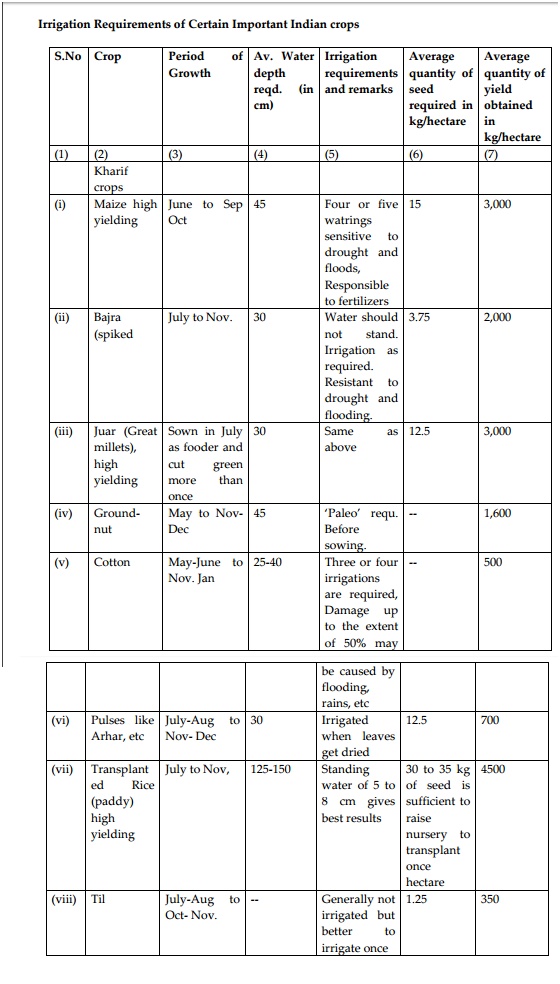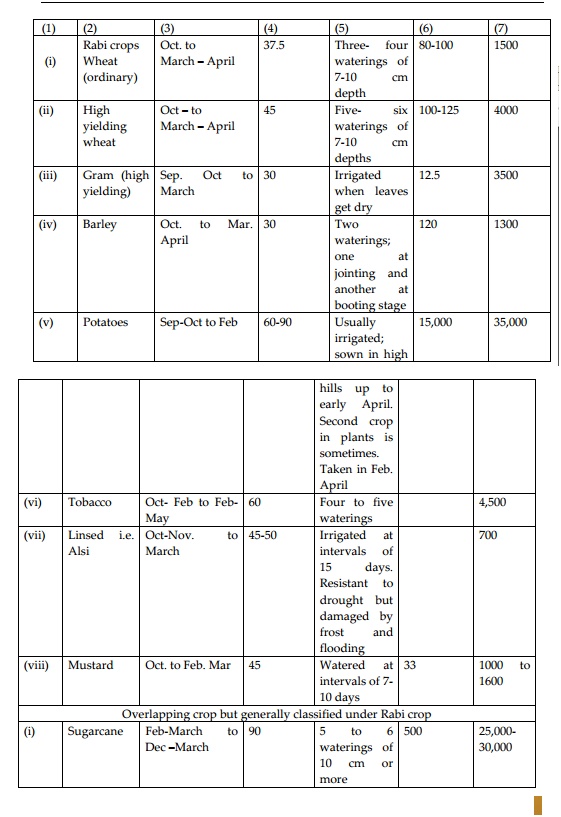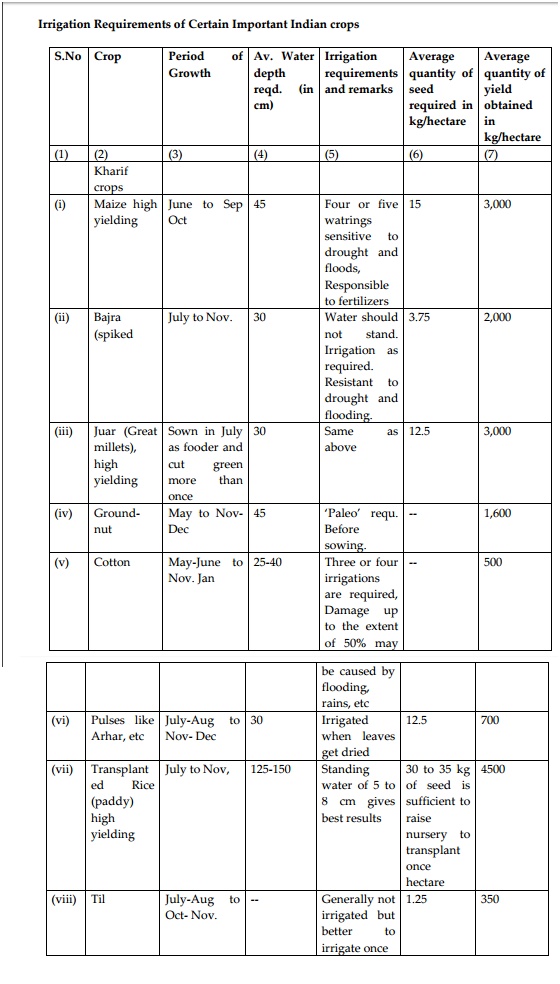Chapter: Civil : Water Resources and Irrigation Engineering : Irrigation Engineering
Environmental Effects of Irrigation
ENVIRONMENTAL EFFECTS OF IRRIGATION
Irrigation is to
agriculture as blood is to the human body. Introduction of irrigation results
in changes in vegetation, the fauna and the flora thereby altering the ecology
of the command area. These improvements have added advantage of a chain
reaction in many spheres which lead to a more prosperous life for the people of
the area. Lands which were once barren, infertile and sandy hum with activity
with green pastures, verdant forests and teeming population. The human
environment
I. (iv) Porous soils should be treated
before sowing crops to reduce seepage of water. II. (v) Alkaline soils should
be properly leached before sowing
III. (vi) Manure fertilizers should be added to
increase water holding capacity of the soil.
IV. Rotation of crops should be preferred, as this
will ensure increased crop yields with minimum use of water.
(2) Precautions
in handling irrigation supplies:
(i)
The source of irrigation water should be
situated within the prescribed limits, and be capable of good quality of water.
(ii)
Canals carrying irrigation supplies
should be lined to reduce seepage and evaporation.
(iii)
Water courses may preferably be lined or
R.C.C. pipes may be used for the same.
(iv)
Free flooding of fields should be
avoided and furrow irrigation method may preferably be adopted, if surface
irrigation is restored to.
(v)
Sub surface irrigation and Drip
irrigation may be preferred to ordinary surface irrigation.
(vi)
If canals are not lined, then two canals
running side by side may be preferred to a single canal, as this will reduce
the FSL, thereby reducing percolation losses.
(vii)
Irrigation supplies should be
economically used by proper control on its distribution, volumetric assessment,
and by imparting proper education to the farmers.
The above distinction
of seasons is well applicable to North India, but in South India, there is no
such marked distinction between the different seasons. In fact, in South India,
there is no clear cut winter, spring, summer and autumn seasons, as they are in
North India. Except Bombay
â€'Deccan, where there
are five crop seasons, there are only three crop seasons in the remaining parts
of the country. These three classifications of seasons are:
(i)
Hot or Kharif season. (ii) Winter or
Rabi season. (iii) Monsoon season



Related Topics